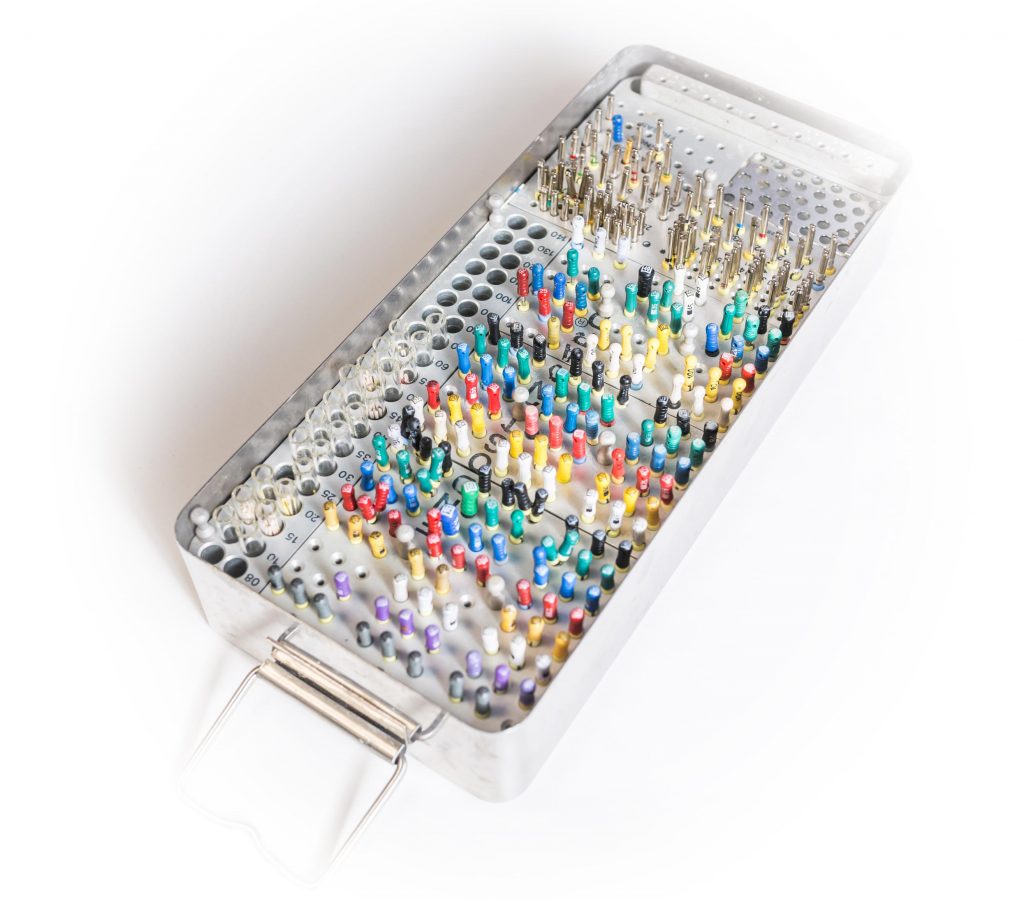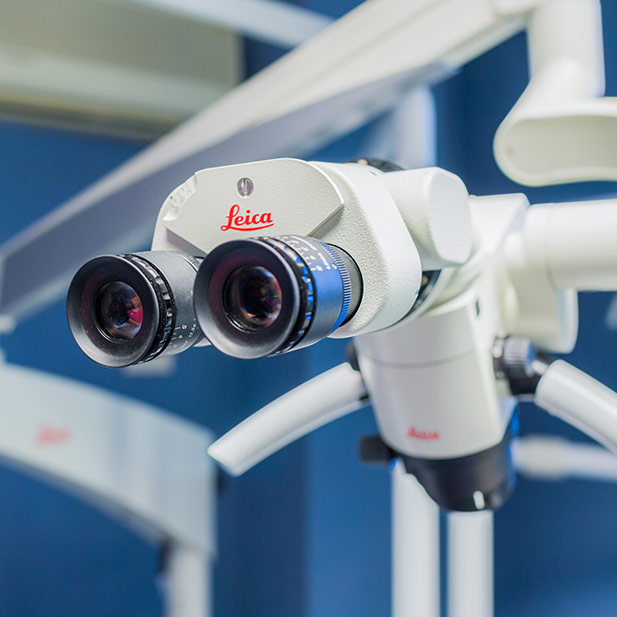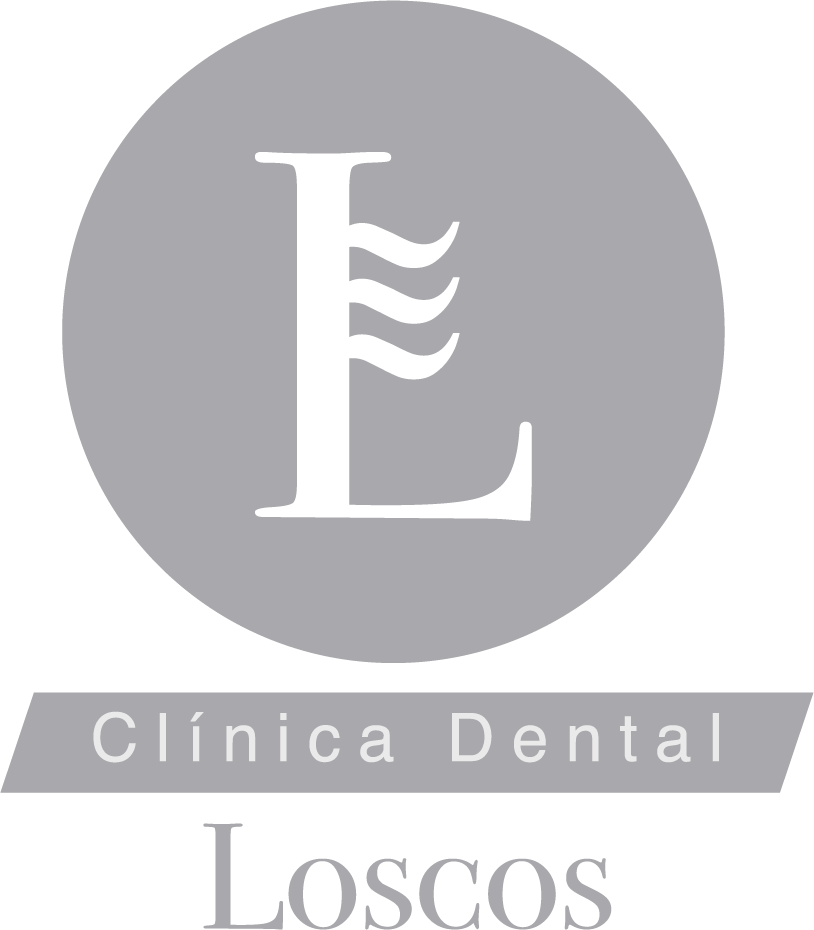Endodontics in Zaragoza
What is a root canal?
Endodontics or what we commonly know as “killing the nerve” is the treatment of the root canals of the teeth.
The reasons that usually cause the need to perform this treatment are very advanced caries that have reached the pulp cavity or fractured teeth.
This technique must be carried out by an endodontist, who is the dentist who specializes in his practice exclusively or mainly to dental endodontics, due to the need to acquire great precision and skill in applying the treatment.
The intervention consists of the removal of the nervous muscle bundle located inside the tooth and causing pain when the caries progresses to reach this area.
The goal of endodontics is to clean the irrigated root zone that has been affected by the progress of caries and has caused infection.
Precautions after the completion of the Endodontics
From our Loscos Dental Clinic in Zaragoza, we highlight the following precautions once the Endodontics is done:
- Perform proper oral hygiene, with proper brushing, without exerting excessive force on the teeth.
- Avoid eating sticky foods, chewing gum or hard foods.
- When using dental floss, remove it from the side and not up, as it can cause the reconstruction to break.
- If it has not been possible to do the final reconstruction of the crown and a provisional reconstruction has been made, it is advisable to chew on the opposite side to the endodontics to avoid any problem.
When do we do endodontics?
We perform endodontics in cases of acute pulpitis and irreversible chronic, when we anticipate that restorative treatment is not enough to relieve pain.
The vast majority of endodontics are carried out by extensive caries that reach the nerve and cause pain.
There are other cases, in which the involvement of the nerve has been very prolonged in time, so the infection becomes chronic and does not hurt, but usually a small fistula appears around the tooth.
Cracked tooth syndrome
Fissured tooth syndrome occurs when a tooth has a fissure that is so small that it is not shown on x-rays, only with an intraoral camera or a dental microscope.
Its treatment will vary from the completion of the endodontics and its subsequent restoration, most of the cases with the placement of a crown, until the extraction of the tooth.
More information on Cracked Tooth Syndrome
Does endodontics hurt?
The endodontic treatment is performed under local anesthesia so the patient does not notice any type of discomfort during the treatment.
It is necessary to perform a series of radiographs of control during the treatment to ensure that all the ducts have been properly cleaned and sealed after cleaning, so that no bacteria can seep inside the tooth.
Latest technologies: dental microscope
In Loscos clinic we have the most innovative technology on the market, such as the dental microscope, which in this specialty is a very useful and indispensable tool.
Beyond helping us to make good diagnoses, it allows us to visualize in more detail the anatomy of the pulp chamber and its root canal system, in order to treat them with greater precision and efficiency, locating and permeating well even the most complex and achieving This way a treatment of higher quality.
Finally, it should be noted that the sealing is also done with the most innovative techniques available today.
On many occasions, we need to place a post inside the tooth so that the reconstruction of the crown is stronger and the forces of chewing are distributed more evenly over the entire tooth surface.
For the same reason, as a consequence of the endodontics and mainly due to the great reconstruction, the tooth undergoes a weakening that can induce a fracture, so it is also sometimes recommended to place a crown that protects it and prolongs its life in mouth.





